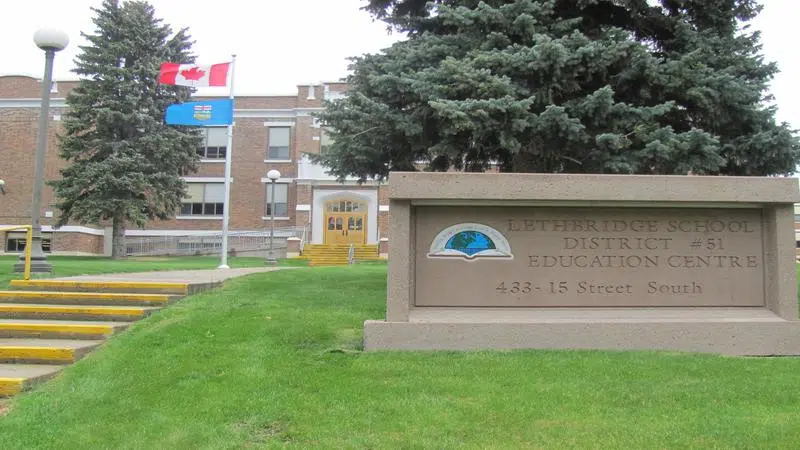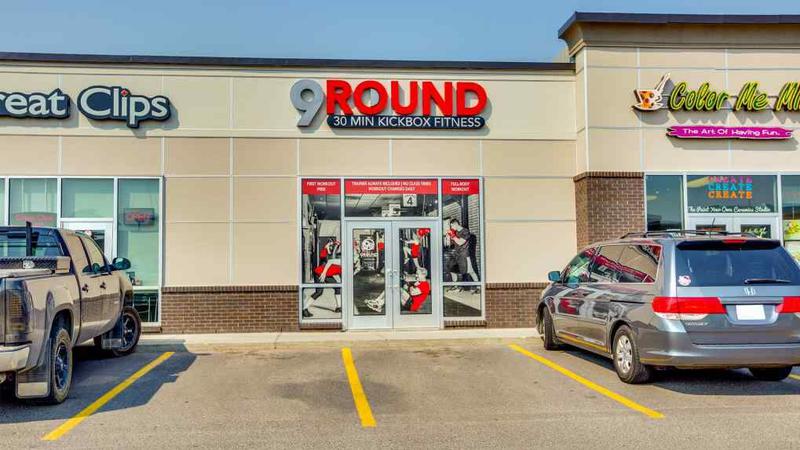
City of Lethbridge lends support to second new west side elementary school
LETHBRIDGE, AB – Lethbridge’s four west side elementary schools are over capacity and proposals are in place to build another two.
Each would have the capacity for another 600 students and are expected to cost just over $17-million individually.
Gary Station Elementary School is a bit farther along as it does have a location set in the Gary Station neighbourhood on the northern end of the west side.
A currently-unnamed school, however, is likely still several years away from happening.


